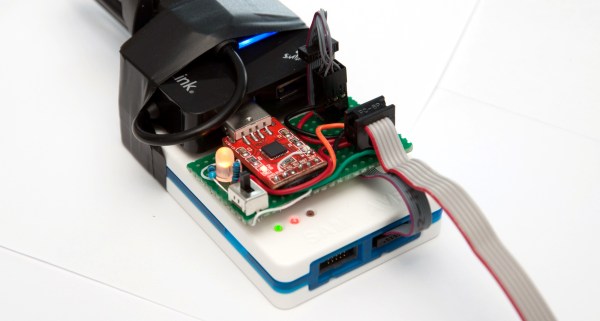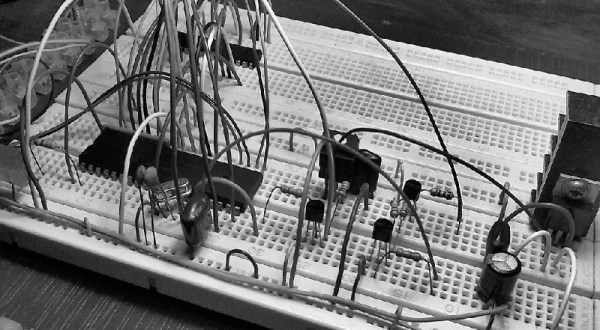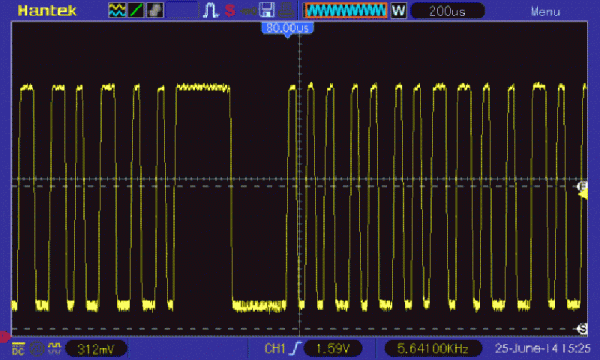There are a few AVR microcontrollers with onboard temperature sensors. These temperature sensors are neither accurate nor precise, but they do work for a few use cases. [Thomas] came up with a little bit of code that runs on all AVR microcontrollers, and is at least as accurate as the sensors in the rare AVRs that have them.
Although not all AVRs have a temperature sensor, they do all have RC oscillators, and these RC oscillators are temperature sensitive. By combining the RC oscillator and watchdog timer, [Thomas]’ code can get a vague idea if it’s getting hotter or colder.
To prove his code works, [Thomas] took an ATtiny13A chip loaded up with a few bits of code and placed a heated coin on it. The chip was programmed to turn on an LED when it detected a rise in temperature, and predictably, the LED lit up. With a coin chilled in a bowl of ice water, another bit of code ran, flashing the LED.
While we’re sure it’s neither accurate nor precise, it does have its uses – overheating protection or a simple thermostat. You can check out a video of the code in action below.
Continue reading “Measuring Temperature On An AVR Without A Sensor”


















